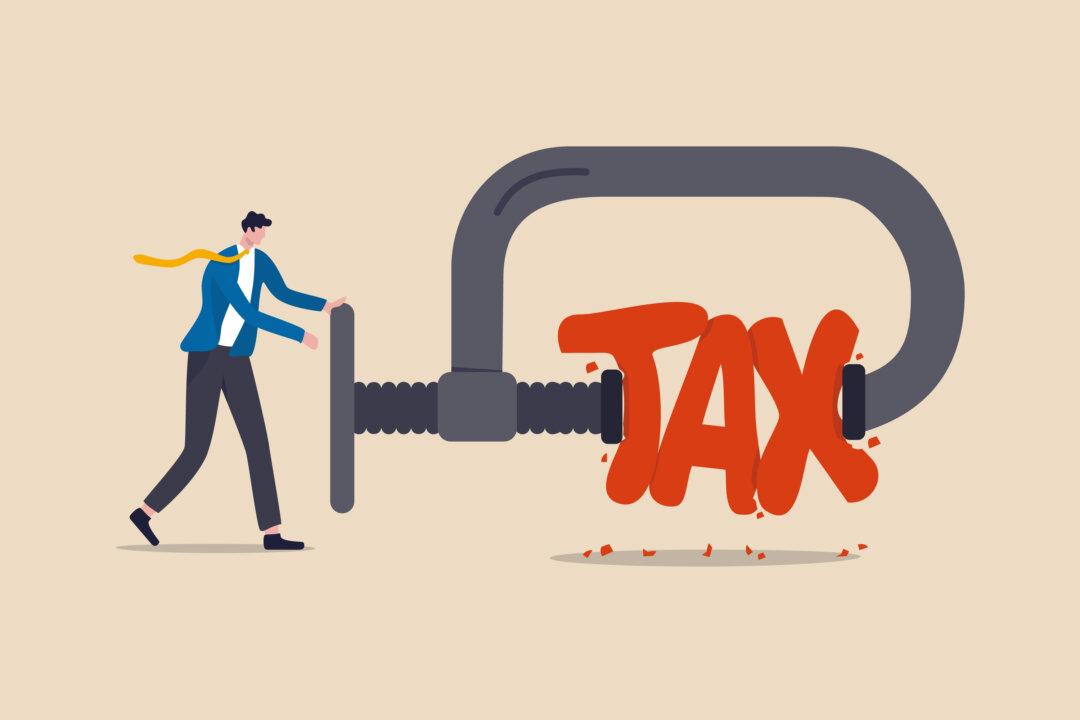Most retirement funds mandate a required minimum distribution (RMD) once you turn 73. If the account owner doesn’t take the RMD, they are subject to a penalty. An RMD can put an individual in a higher tax bracket and affect Social Security and Medicare benefits.
But there is a way to lower the tax liability through a qualified charitable distribution (QCD). But what exactly is a QCD, and how do they work?






